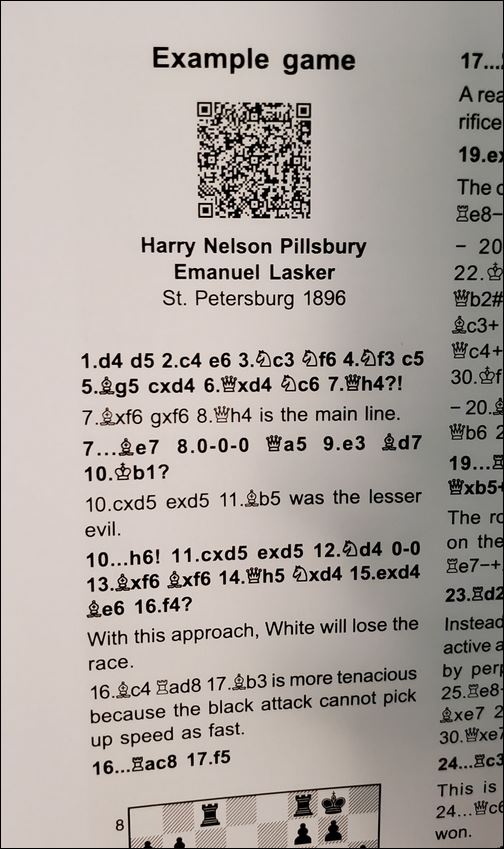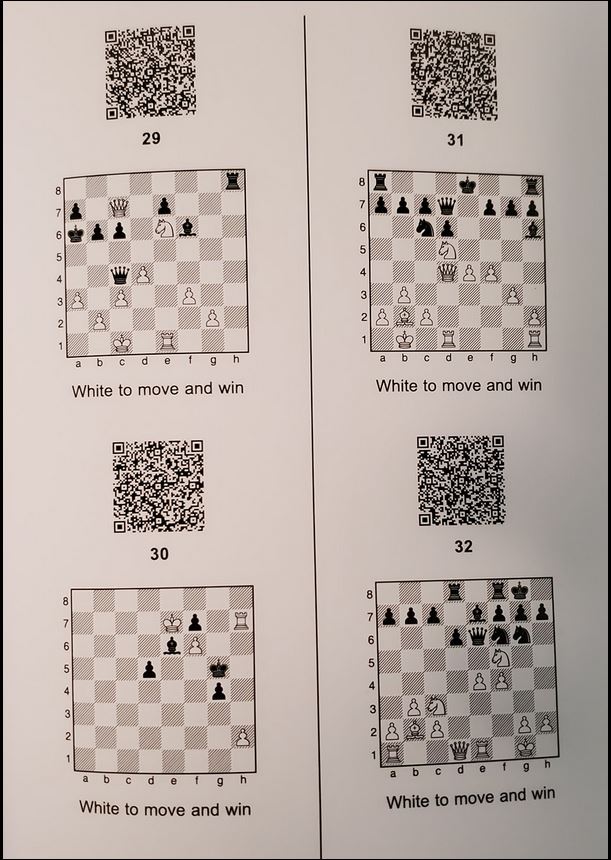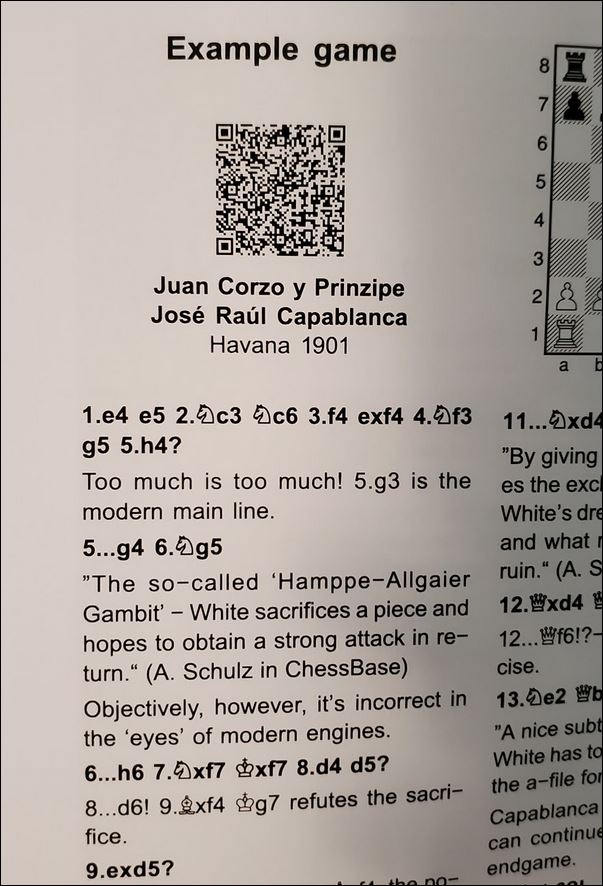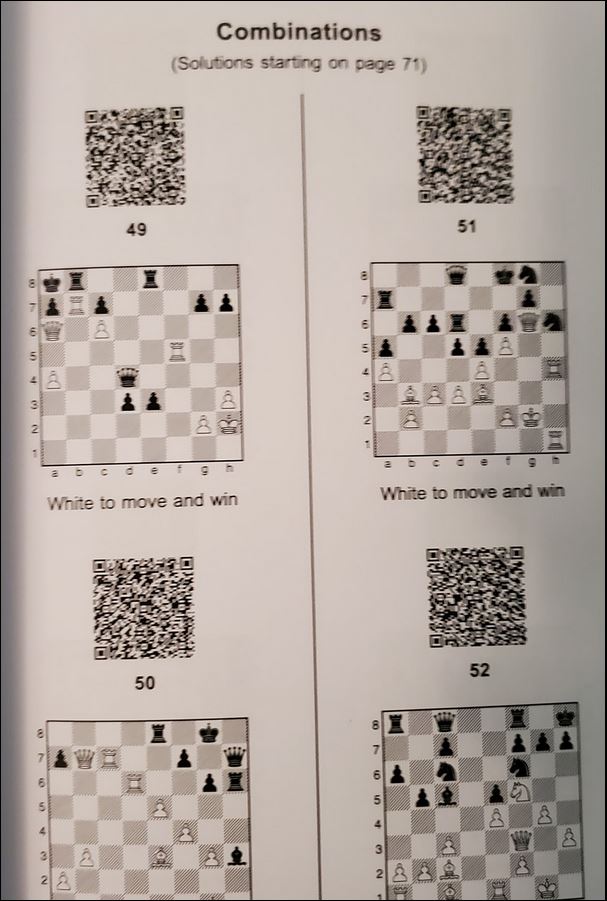
Few years ago another chess author made the case for studying all of the World Championship games, in order to improve as players. I found the idea intriguing, but when I tried to do it, then I discovered I didn’t have a method to learn, and maybe I wasn’t even at the level I could understand some of those games.
Then one could use an engine, and let the engine show the critical points, but also in that case it’s difficult to define what a critical point is. One author of a series of DVDs said something like: “when the engine has a change in evaluation of 0.5”
I found such advice quite strange, because I doubt many chess players can actually win from a position where they have a 0.5 advantage since some cannot even win when they have a +1 or +2 advantage. Obviously I’m not talking of outliers like the top 100 players on the planet, I’m talking of those players rated from 1500 to 2000 which play weekend tournaments.
Now let’s come to this book, and the books written by GM Karsten Mueller.

It seems they are the answer I was looking for, because Mueller has given a series of books we can use to improve ourselves as players through a selection of games, positions, endgames, and in this particular book “combinations” which were played by the best.
The book begins with a Preface written by the authors. Followed by a brief introduction by GM Marin on the importance of tactics, and then Mueller connects this book to one of his previous books on “playing styles.” (Above the can see a link to the article which reviewed that book)

Then we have chapter 1, dedicated to the first world champion.

This book is made with QR codes, so after a brief introduction to describe the first world champion, there is an example game which the reader of this review can access pointing their phone camera to the following image

Please point your phone’s camera to the QR code, and see it opening the browser and allow you to see the game on the browser.

Then we have chapter 2 dedicated to Lasker. Here we can see the first example game, thanks to the QR code

And then of course here a sample of Lasker’s combination, which one can access with QR codes on one’s own phone

Chapter 3 is dedicated to Capablanca, and also in this case it begins with an example game

Then of course we pass to a sample of combinations.

Please let’s make an experiment and let me know if your phones can read these QR codes, since when I took the pic, I did move the camera a little, and I’m curios to see the limits of such new technology.
The book continues with a chapter dedicated to each of the following champions: Alekhine, Euwe, Botvinnik, Smyslov and one of the most exciting champions: Tal.
The book contains 260 combinations, and many, really many example games. Notice that thanks to GM Mueller amazing knowledge of the endgame, we don’t find only combinations which happened in the middlegame, but also important tactical shots which were played in the endgame, making this book more complete than others on combinations, because it covers many phases of the game.
Pro and Con: I was particularly excited about the QR codes. Yes, I’m old, and in my generation all this stuff didn’t exist. Also the same concept of calling something a “phone”

when in reality this so called “phone” can through a scanning camera (also the word “camera” is not really describing what camera was for my generation.)

Well the camera can scan a QR code and bring us through a browser to a site which shows us positions to solve, or entire games.
It seems to me the publisher has put some effort in this book, and such effort should be rewarded.
At the same time when I published one of the pictures of me and the book, one of the reader commented negatively saying that some Android apps already scan diagrams, and can import the position, while the QR code could become old. Obviously everything can become old, especially if not updated consistently, even some apps would fall out of usage for the Android system.
This book combines the best of two worlds. One which uses the board to solve positions, and see games, and the other which uses Ipad, Android Tablets, Phones etc. to read games and play chess.
Diagrams have letters and numbers taking into consideration beginner players who might not know algebraic notation.
Final Thoughts: Now even if this book doesn’t bring you to master level, the important wisdom to take from such a book is chess culture. But let me illustrate with an anecdote.
Many years ago when Kasparov was the reigning world champion, he was invited to a dinner, when he entered the room he noticed a series of boards with positions already on them. He watched them, and then went to his table. At a certain point during the evening the Host called Kasparov and asked him to go to the boards and say what would be the next move played over the board. Kasparov didn’t move from his table, and began to announce the name of the players for each board, when the game was played, and in fact the next move which was played. Now we can interpret this event in many ways, Kasparov had a phenomenal memory, but another way to see it, could be love for chess and its culture. Hence we should buy this book for getting more understanding of how chess evolved, and getting to know the amazing combinations played by world champions.
